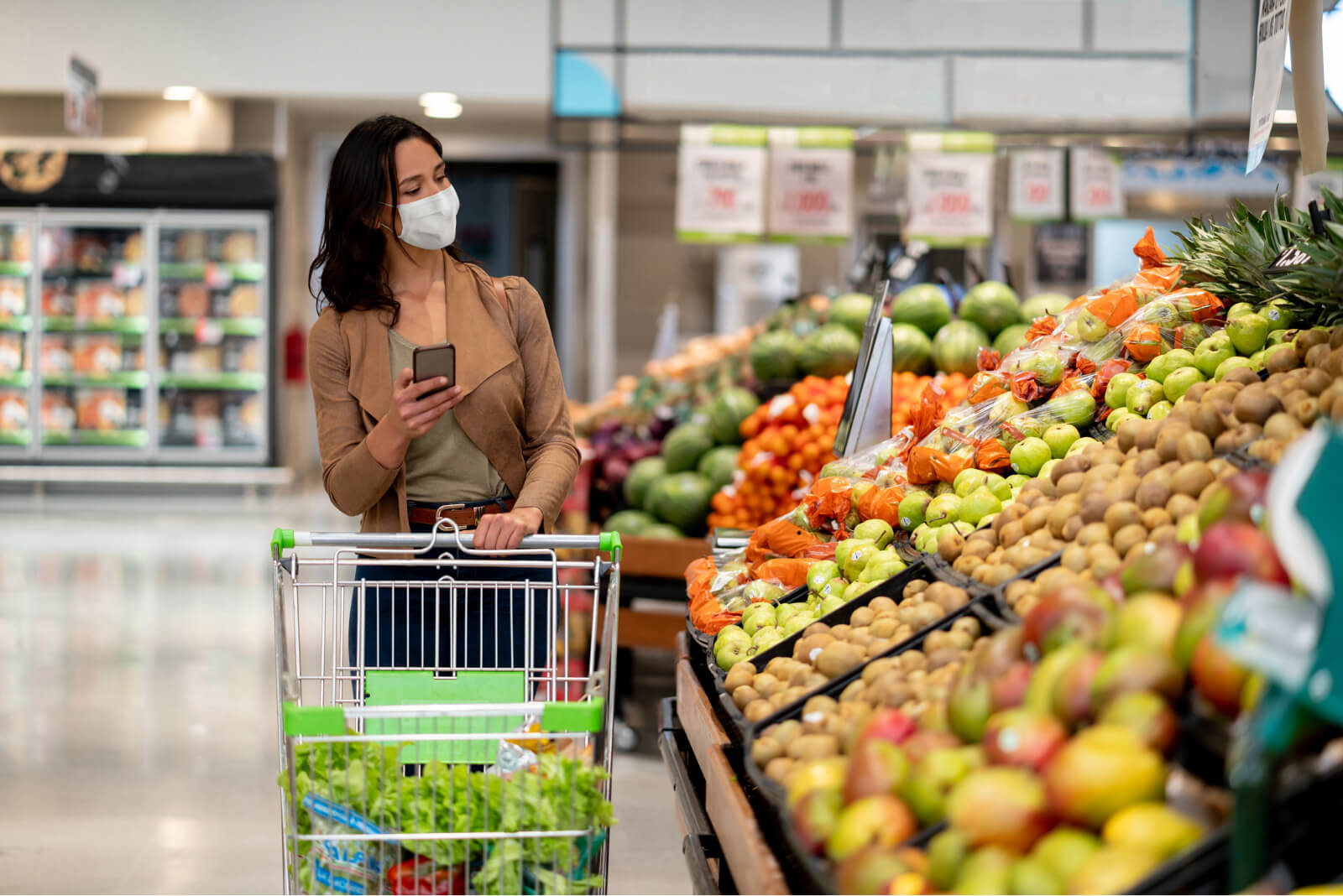
If there’s one other thing the ongoing pandemic has made clear, it’s that supply chains are coming into greater and greater focus on the global stage. With thin margins, skyrocketing demand and widespread disruptions, there are few places where supply chain challenges are as evident as in the fresh grocery sector. I recently had the privilege of sitting down with Bill Gillespie, Associate Partner of Global Business Services Retail at IBM, and Aleem Bandali, o9 Solutions’ EMEA Retail Lead, for an in-depth discussion on how end-to-end visibility and intelligent forecasting can benefit the grocery and fresh produce industry.
One of FourKites’ biggest customer footprints is within the Food & Beverage industry, which gives us a pretty unique perspective on the challenges and developments going on within that space. When you consider how many shelves were empty at the beginning of the pandemic, especially within grocery stores, it becomes pretty obvious how important it is to be able to adapt our supply chain planning and execution models to deal with whatever challenges may come our way.
Here are some of the things we discussed during the recent webinar.
As seen in the polls we carried out throughout the event, the impacts of the COVID-19 pandemic are many and varied for the fresh retail sector. One of the areas of the business where this is readily apparent is in forecasting. Most grocery retailers are only using their historical sales to predict future performance. Obviously, that practice became obsolete the minute that COVID-19 hit US shores.
The global pandemic has caused disruptions in consumer buying habits at just about every level. For one thing, people cooking from home more often, leading to a rise in demand for things like fresh meat and produce. We also saw a tremendous uptick in demand for shelf-stable goods as people sheltered in place at the beginning of the pandemic. As all of these changes and disruptions compound throughout the global supply chain, available capacity has been stretched to the breaking point, with significant ramifications for goods that have a short shelf life.
All of this goes to show that you can’t rely on past predictive models like you could in the past, which is where something like o9’s control tower solution really comes in handy. FourKites partnered with o9 last year for exactly this reason; customers must be able to combine control tower visibility and predictive forecasting with accurate real-time freight tracking and analytics. This allows them to receive proactive notifications of freight disruptions, which they can then use to implement agile planning and scenario management to mitigate any impact of those disruptions on their end-to-end supply chain.
In many ways, the COVID-19 pandemic served to accelerate other trends that were already well underway. One of those trends for the grocery industry is the growing demand for traceability. Consumers want to be able to trust that the products they buy are not only of high quality and free of defects, but also ethically sourced and minimally impactful to the environment, as well.
According to IBM’s data, 74% of millennials demand greater transparency into how companies are treating the environment. And 70% of grocery shoppers say it is important to have accurate product information at the shelf or alongside the product. Threshold-based tracking is one way of achieving this. It allows you to guarantee that products are high-quality and free of defects all the way from the farm to the end-consumer’s table, and can be done at the truck level, the pallet level and even the PO level.
The long and short of it is that consumers are voting with their wallets, and companies that don’t take steps now to uphold responsible business practices, culture and initiatives are going to pay for it in the coming years.
“Once you cut that PO and they start picking it, the visibility in produce is more critical than any other item in the store, just because of the shelf life.”
– Bill Gillispie, Associate Partner, Global Business Services Retail, IBM
But the need for greater visibility within the grocery supply chain goes deeper than this. 78% of shoppers cite high-quality fruits and vegetables as the most important attribute in their primary store. As Bill said during the webinar, one of the primary goals of any grocery supply chain professional is to slow down the spoilage of your product once you’ve purchased it.
Temperature, hydration, humidity, and location all play a part in a company’s ability to make sure that food arrives safely, securely, and well within its prescribed tolerances for consumability.
. . . . . . . . . . . . . . . . . . .
The headline “COVID Changes Everything” may be old news at this point, but that doesn’t make the changes it’s caused any less real. We in the supply chain industry are no strangers to having to adapt and adjust our forecasting to cope with changing realities, and over the past year and a half we’ve seen some pretty astounding developments throughout this industry as companies and professionals adapt to the new realities of our business.
The bottom line is that these changes are here, and they’re going to stay. If we’re going to continue to stay on top of them, collaboration will be a key theme over the next few years. Collaborating together drives down each others’ costs, makes things run more smoothly, and causes positive ripples to spread throughout the rest of the supply chain network.
Whether it’s collaboration at the consumer level (such as for curbside pickup), collaboration within your own organization (through a digital twin or control tower concept like o9), or collaboration with your raw material providers or manufacturers (through a real-time transportation visibility platform like FourKites), these trends are here to stay for the long haul.